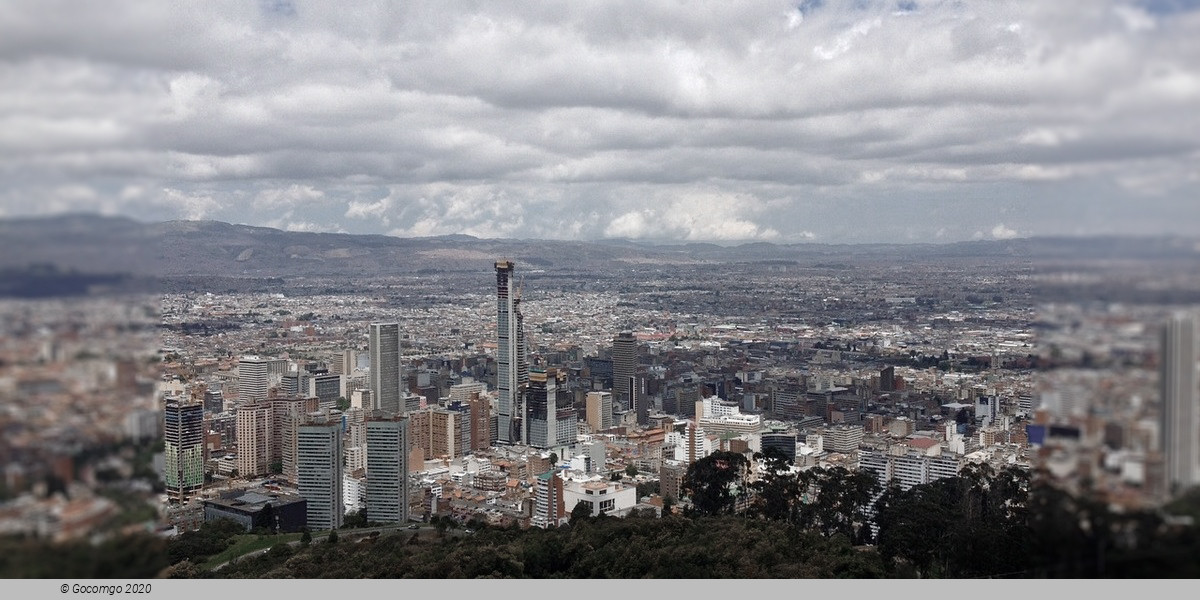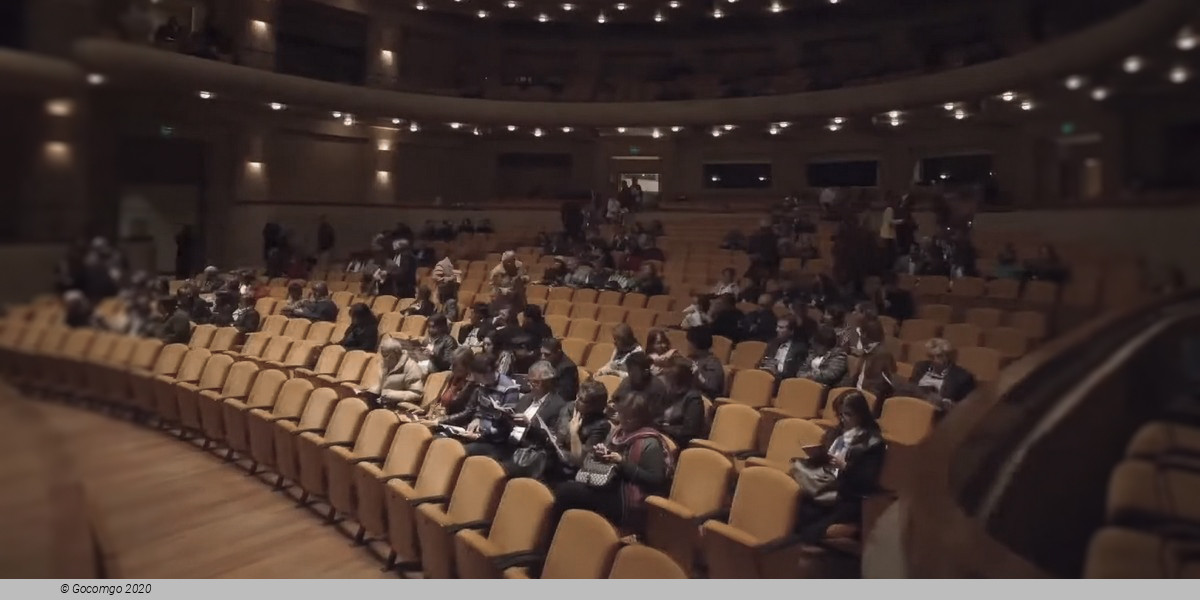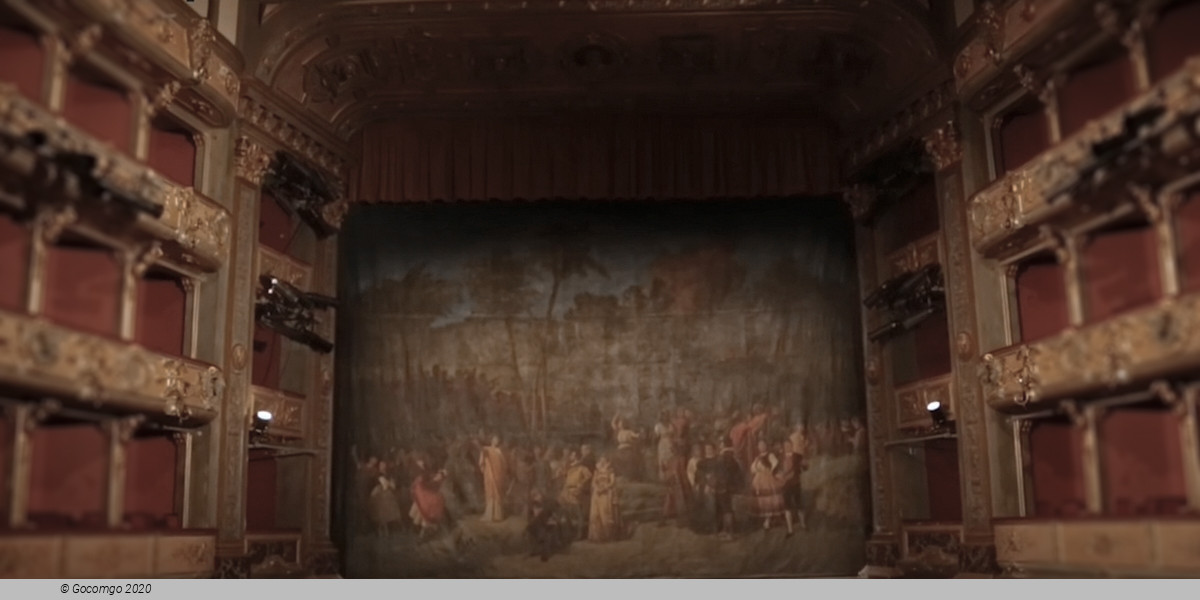Venues in Bogotá

Bogotá, officially Bogotá, Distrito Capital, abbreviated Bogotá, D.C., and formerly known as Santa Fe de Bogotá during the colonial period and between 1991 and 2000, is the capital and largest city of Colombia, administered as the Capital District, as well as the capital of the department of Cundinamarca. Bogotá is a territorial entity of the first order, with the same administrative status as the departments of Colombia. It is the political, economic, administrative and industrial center of the country. Bogotá was founded as the capital of the New Kingdom of Granada on 6 August 1538, by Spanish conquistador Gonzalo Jiménez de Quesada after a harsh expedition into the Andes conquering the Muisca.
Bogotá has many cultural venues including 58 museums, 62 art galleries, 33 library networks, 45 stage theaters, 75 sports and attraction parks, and over 150 national monuments. Many of these are renowned globally such as: The Luis Ángel Arango Library, the most important in the region which receives well over 6 million visitors a year; The Colombian National Museum, one of the oldest in the Americas, dating back to 1823; The Ibero-American Theater Festival, largest of its kind in the world, receives 2 million attendees enjoying over 450 performances across theaters and off the street; The Bogotá Philharmonic is the most important symphony orchestra in Colombia, with over 100 musicians and 140 performances a year. The city has been a member of the UNESCO Creative Cities Network in the category of music since March 2012. In 2007, Bogotá was named World Book Capital by UNESCO.
The Cristóbal Colón Theater, the country's oldest Opera House, opened in 1892. It is home to the National Symphony Association's major act, the National Symphony Orchestra of Colombia.
Rock al Parque or Rock at the Park is an open air rock music festival. Recurring annually, it gathers over 320,000 music fans who can enjoy over 60 band performances for free during three days a year. The series have been so successful during its 15 years of operation that the city has replicated the initiative for other music genres, resulting in other recent festivals like Salsa at the Park, Hip Hop at the Park, Ballet at the Park, Opera at the Park, and Jazz at the Park.
Kids' Choice Awards Colombia, are the awards given in the city by Nickelodeon and the first ceremony was given in 2014 by the singer Maluma and in Corferias the ceremony has been the home of shows given by artists like Austin Mahone, Carlos Peña, Don Tetto and Riva among others.
Bogotá has worked in recent years to position itself as leader in cultural offerings in South America, and it is increasingly being recognized worldwide as a hub in the region for the development of the arts. In 2007, Bogotá was awarded the title of Cultural Capital of Ibero-America by the UCCI (Union of Ibero-American Capital Cities), and it became the only city to have received the recognition twice, after being awarded for the first time in 1991.
Cultural history
Bogotá gave the Spanish-speaking world José Asunción Silva (1865–1896), Modernism pioneer. His poetic work in the novel De sobremesa has a place in outstanding American literature. Rafael Pombo (1833–1912) was an American romanticism poet who left a collection of fables essential part of children imagination and Colombian tradition.
Architecture
The urban morphology and typology of colonial buildings in Bogotá have been maintained since the late nineteenth century, long after the independence of Colombia (1810). This persistence of the colonial setting is still visible, particularly in La Candelaria, the historical center of Bogotá. Also kept up are the colonial houses of two stories, with courtyards, gabled roofs, ceramic tiles and balconies. In some cases, these balconies were enclosed with glass windows during the Republican period, a distinguishing feature of the architecture of the sector (for example, the House of Rafael Pombo).
"Republican Architecture" was the style that prevailed between 1830 and 1930. Although there were attempts to consolidate a modern architectural language, the only examples seen are University City and White City at the National University of Colombia (constructed 1936 to 1939). This work was developed by German architect Leopold Rother, although architects of rationalist trends participated in the design of campus buildings. There are also architecture trends such as art deco, expressionism and organic architecture. This last trend was typified by Bogotan architects in the second half of the twentieth century such as Rogelio Salmona.
In 2015 BD Bacatá was inaugurated, surpassing the Colpatria Tower to become the tallest building of the city and of Colombia. The building its expected to be the beginning of the city's downtown renovation.
Museums and galleries
The city offers 58 museums and over 70 art galleries. The Colombian National Museum has acquisitions divided into four collections: art, history, archeology and ethnography. The Gold Museum, with 35,000 pieces of tumbaga gold, along with 30,000 objects in ceramic, stone and textiles, represents the largest collection of pre-Columbian gold in the world.
The Botero Museum has 123 works of Fernando Botero and 87 works by international artists. The Bogotá Museum of Modern Art has a collection of graphic arts, industrial design and photography. The Museum of Colonial Art is home to an important collection of colonial art from Colombia. Fundación Gilberto Alzate Avendaño hosts activities related to the performing arts and shows temporary exhibits of art in its halls and galleries.
Among the scientific museums are the Archeological Museum – Casa del Marqués de San Jorge, which has about 30 thousand pieces of pre-Columbian art, Instituto de Ciencias Naturales (UN), one of the four largest museums of natural sciences in Latin America, and the Geological Museum, which has a collection specializing in Geology and Paleontology.
Bogotá has historical museums like the Jorge Eliecer Gaitan Museum, the Museum of Independence (Museo de la Independencia), the Quinta de Bolívar and the Casa Museo Francisco José de Caldas, as well as the headquarters of Maloka and the Children's Museum of Bogotá. New museums include the Art Deco and the Museum of Bogotá.
Theater and arts
Besides the Ibero-American Theater Festival, the largest theater festival in the world, the city has forty-five theaters; the principal ones are the Colon Theater, the newly built Teatro Mayor Julio Mario Santo Domingo, the National Theater with its two venues, the traditional TPB Hall, the Theater of La Candelaria, the Camarin del Carmen (over 400 years old, formerly a convent), the Colsubsidio, and a symbol of the city, the renovated Teatro Jorge Eliecer Gaitan, León de Greiff Auditorium (home of the Bogotá Philharmonic Orchestra), and the Open Air Theater "La Media Torta", where musical events are also held.
The Ibero-American Theater Festival, is not the only acclaimed festival. There are many other regional and local theater festivals that are celebrated and maintain the city active year-round . Amongst these is the "Alternative Theater Festival".
Bogotá has its own film festival, the Bogotá Film Festival, and many theaters, showing both contemporary films and art cinema. Bogotá's international art fair, ArtBo, takes place in October of every year and showcases thousands of works covering arts across all formats, movements, and concepts.
The main cultural center of the city is the La Candelaria, historic center of the city, with a concentration of universities and museums. In 2007 Bogotá was designated the Ibero-American cultural Capital of Iberoamerica.



